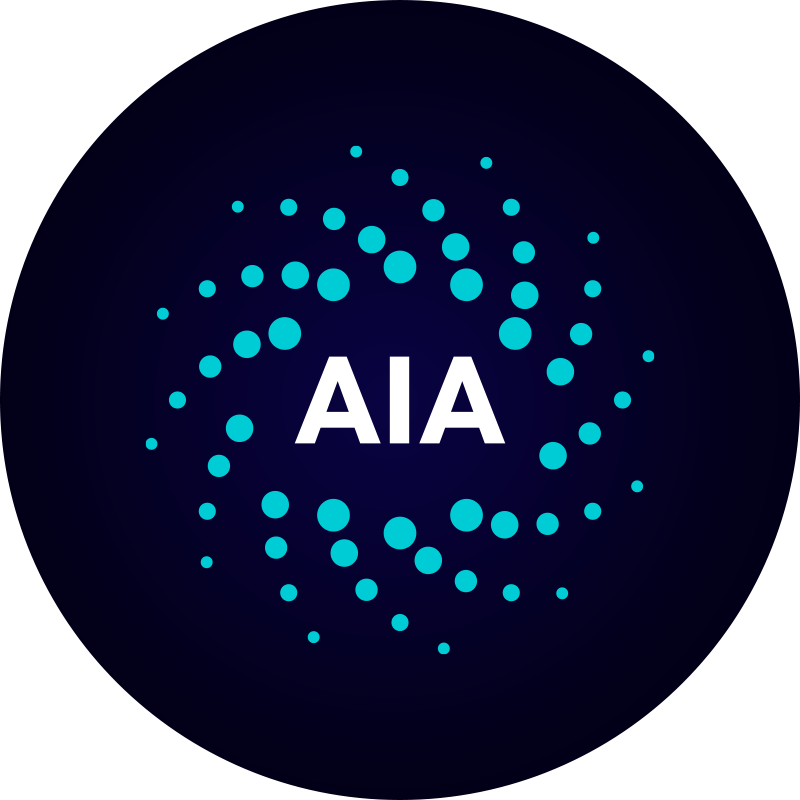Will XRP Be the New World Currency?

Introduction to XRP's Potential as a Global Currency
As the world becomes increasingly interconnected and digital, the need for a more efficient and universal financial solution is becoming pertinent. Among the plethora of existing cryptocurrencies, XRP stands out due to its focused use case and capability to process international transactions rapidly. But the big question remains: could XRP evolve to become the new world currency?
Historical Background of XRP
XRP was introduced by Ripple Labs in 2012, aiming to facilitate real-time cross-border payments. The goal was simple yet ambitious: to offer a frictionless experience in sending money globally without the hefty fees and delays commonly associated with traditional banking systems. Over the years, Ripple has formed partnerships with several financial institutions, increasing XRP's visibility and credibility.
Ripple Labs created a consensus ledger to supersede the traditional blockchain. Unlike Bitcoin and Ethereum, XRP uses a consensus protocol that significantly reduces the time required to validate transactions. This innovation allows XRP to process transactions within seconds, making it a viable option for banks and financial institutions looking to upgrade their systems.
The Working Mechanism of XRP
XRP operates on the Ripple Protocol consensus algorithm (RPCA), which comprises of a network of independent validators who agree on the order and outcome of XRP transactions every few seconds. There are no miners on the XRP Ledger, which benefits speed and scalability. Each transaction passes through a consensus process that all validators agree upon, ensuring that every participant in the network rests assured of the transaction's validity.
The finite supply of 100 billion XRP coins was pre-mined at launch. This scarcity coupled with use-case efficiency enhances XRP's value proposition, distinguishing it from other cryptocurrencies that face inflationary pressures from continuous mining.
Advantages of XRP
The main benefits of XRP that position it as a potential global currency include:
-
Speed and Cost-Effectiveness: As transactions are validated within seconds and at minimal cost, XRP offers unprecedented efficiency. This capability is crucial for remittances and other cross-border payments.
-
Liquidity and Versatility: XRP acts as a bridge currency, providing liquidity where needed. This adaptability allows for the seamless conversion between different fiat currencies during transactions.
-
Partnerships with Financial Institutions: Ripple has aligned itself with various banks and financial networks. Such collaborations enhance XRP's credibility and foster widespread adoption, an essential factor for any currency aspiring to global dominance.
-
Regulatory Compliance: Unlike many digital assets, Ripple strives to ensure XRP's compliance with existing financial regulations, building trust among governmental and financial entities.
Future Outlook: Could XRP Become a World Currency?
The prospect of XRP as a global currency hinges heavily on several factors. Firstly, the ability of Ripple and the XRP community to resolve ongoing legal challenges and foster wider regulatory acceptance remains crucial for their future trajectory. Additionally, widespread adoption by financial institutions and central banks could cement its place in global finance.
Emerging trends show a growing interest in digital currencies and asset-backed tokens. While competition is fierce, XRP holds a distinctive strategic advantage as it is purpose-built for fast and affordable international transactions. The evolving landscape of digital finance, coupled with innovations such as Central Bank Digital Currencies (CBDCs), might offer XRP further opportunities to serve as a bridge in unique ecosystems.
The Path Forward
As markets evolve amidst technological advancements and regulatory changes, the dynamics of financial systems are set to change. XRP could potentially stand at the forefront of this transformation, underpinned by its benefits in speed, cost, and potential regulatory alignment. As finance evolves and digitalization becomes increasingly rampant, watch this space — because XRP's journey is far from over.
Want to get cryptocurrency instantly?
Related articles
Latest articles
See more



















